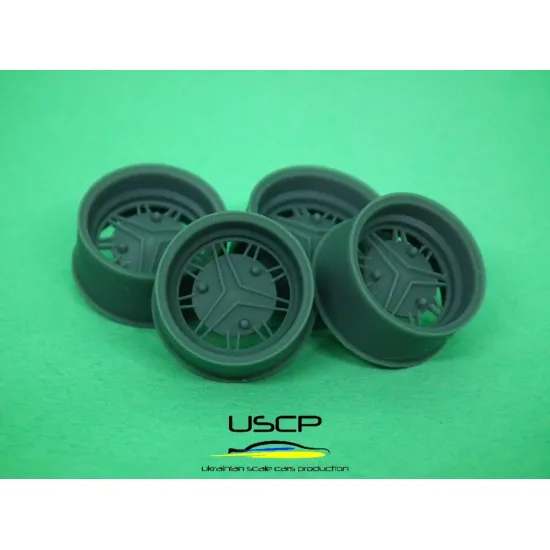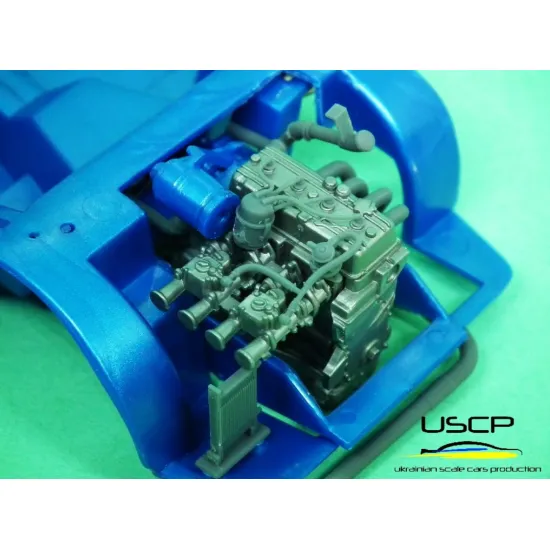Beginner's Guide to Building Model Kits
Beginner's Guide to Building Model Kits
Blog Article
Model kit making is really a exciting and satisfying hobby that brings small sides to life, requiring patience, detail, and the right group of tools. Whether you're assembling a classic car, a famous container, or even a sci-fi spaceship, having the proper gear is important to reaching professional-level results. Here's a structured listing of the primary instruments you'll want to get started on earth of model kits building.
1. Activity Knife or Precision Cutter
A sharp interest knife, such as a hobby or X-Acto blade, is a total must. It enables clear cut-outs of small plastic areas off the sprues and assures specific shaping to remove any excess material. Always use a sharp knife to cut back the risk of spectacular cuts, and hold a chopping mat convenient to safeguard work surface.

2. Sanding Tools
Clean ends and surfaces are necessary for sleek assembly and painting. Sandpaper or sanding sticks in various grits may help eliminate any burrs or imperfections remaining from cutting areas down sprues. Begin with a moderate determination (around 400) to eliminate surplus substance and finish with a greater determination (600-800) for polishing.
3. Tweezers
When coping with small pieces, tweezers are a lifesaver. A pair of angled, fine-tipped tweezers will allow you to hold and position small parts without harming them. They're especially useful for connecting stickers or employed in limited corners of your model.
4. Glue or Concrete
Specialized product glue or concrete is especially designed for plastic materials. Make use of a thin concrete for detail by detail purposes that require a clean, seamless end without excess residue. Be sure to apply it modestly to avoid over-gluing, which could damage fine pieces.
5. Cutting Mat
A durable self-healing chopping pad not just protects your workspace but also characteristics gridlines for calculating and aligning components with accuracy. It's a preference for maintaining a clean and prepared developing process.

6. Paintbrushes and Paints
To add detail and character to your design, high-quality paintbrushes in a variety of measurements are essential. Acrylic paints are the most beginner-friendly because they dried easily and provide vibrant color options. Don't overlook primer to produce a clean, glue surface for painting.
7. Clippers/Sprue Cutters
Choose good pair of plastic sprue cutters to precisely separate elements from their frames. Unlike scissors, clippers keep less pressure on little pieces and reduce the danger of snapping fragile components.
Report this page